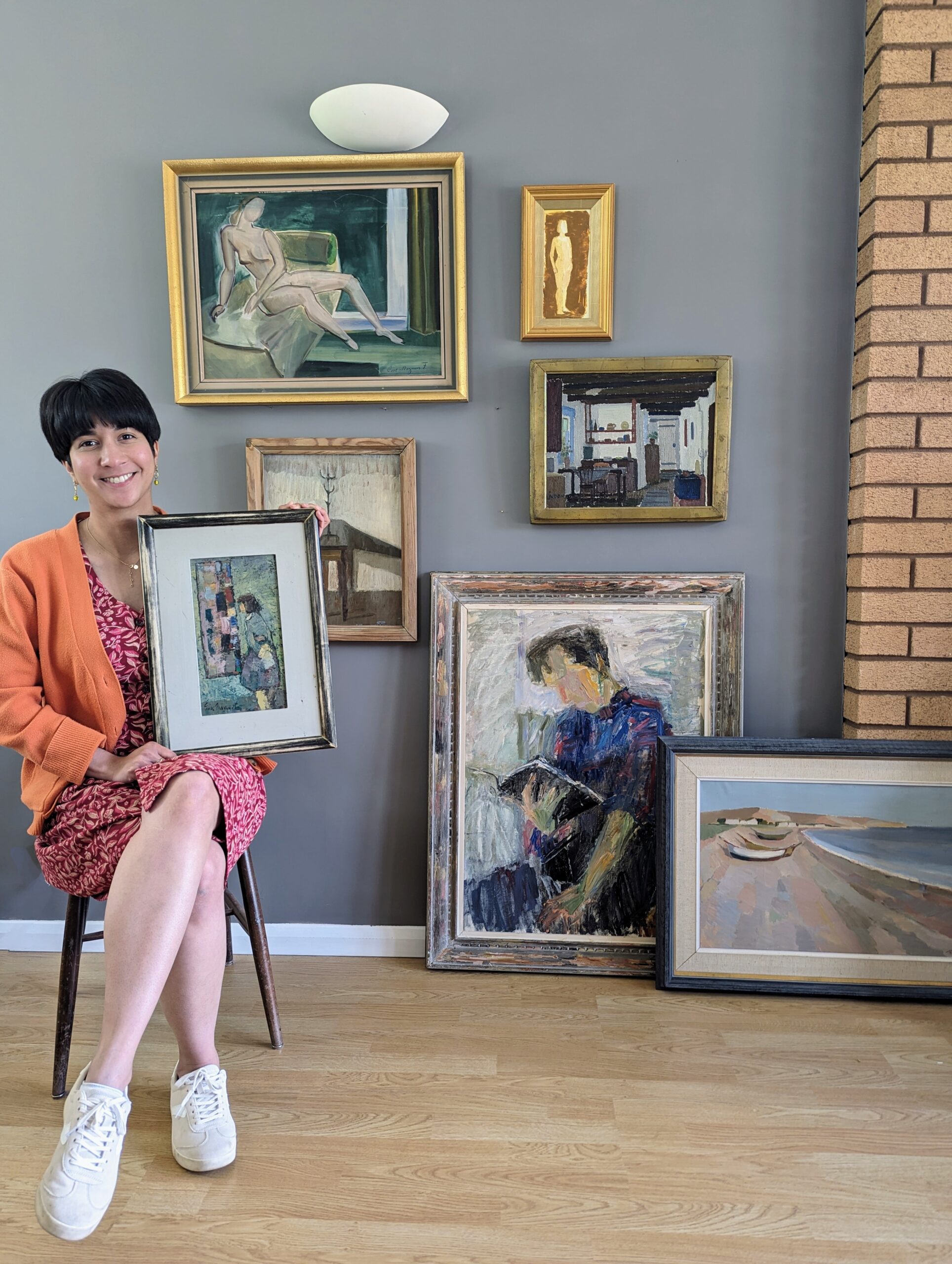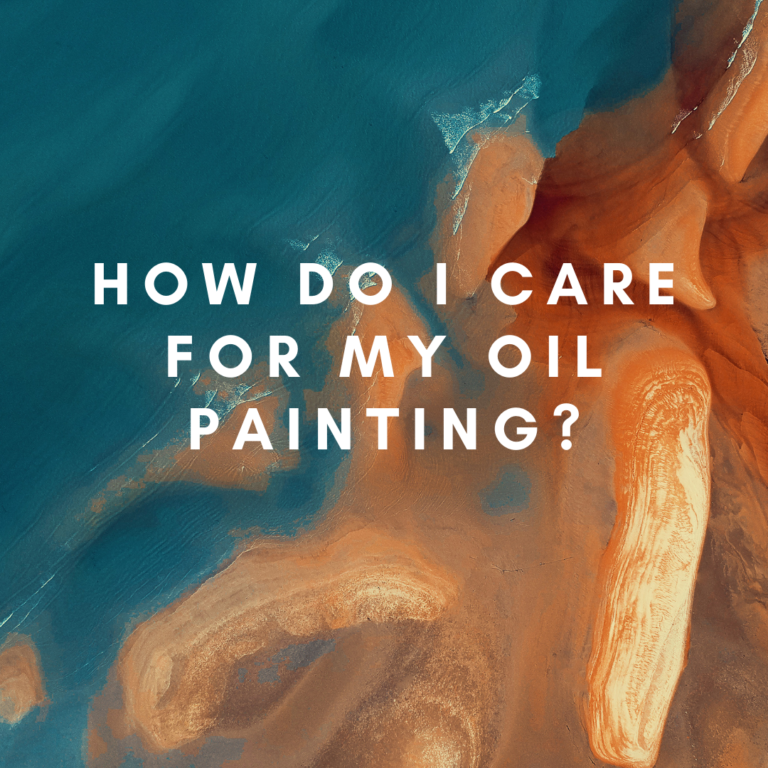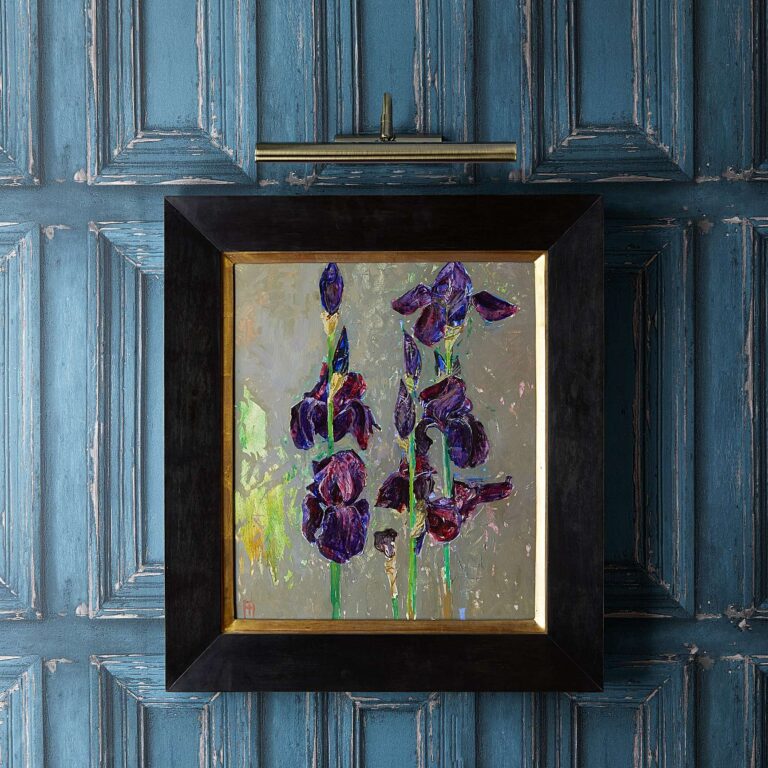What is Art For?

What is Art For?
Written by Saira Kalimuddin
I spoke to someone yesterday after a game of tennis about what I do for work and although he showed great interest, his response, much like many others I speak to, was that he ‘doesn’t know anything about art’.
It’s a pity really, and I don’t think it’s his fault at all.
For so long we have been told that if we don’t ‘understand’ art then it is a problem with ourselves – that we don’t have the ‘knowledge’ around art to appreciate it.
But what if we could redefine our view of art as serving a specific purpose for ourselves, as opposed to it having inherent meaning that we may or may not understand..
The same way a bottle helps us with the problem of carrying water, art can help us with troubles that we have with our minds and emotions.

Alain de Botton wrote a book called ‘Art as Therapy’ (one of my favourite art books of all time) and in it he espouses that there are 7 functions of art: Remembering, Hope, Sorrow, Rebalancing, Self-Understanding, Growth and Appreciation.
This week I want to talk about these 7 functions and show you how they might reconfigure your relationship with art.
Remembering
Art helps us to accomplish a task that is of central importance in our lives: to hold on to things we love when they are gone.
We can take a photograph of a moment/a person/ a scene, but what we are trying to capture is something more complex and elusive – we are trying to remember the ‘feeling’ , the essence of that moment, the personality of that person. Good art can do this incredibly well.

https://www.discerningpalette.com/product/entwined/
For example, this incredible piece titled ‘Entwined’ beautifully captures the feeling of what it’s like to form a family. One might describe it as that ‘newborn bubble. That feeling when you and your partner have created another person, and they become part of your world and you’re now bonded as a three.
Hope
We are made so aware of the problems, ugliness and injustices of the world on a daily basis. It is precisely because of this that optimism and hope are important. The presence or absence of hope can be the difference between success and failure and our sense of what is possible or impossible.
Take this painting below for example, a piece titled ‘Light at the End’ which depicts a very atmospheric woodland scene.

To me, this painting takes into account that parts of the woods can be dark and in the shadows, but yet the as the eye travels along the path, the scene brightens, culminating in a radiant burst of light filtering through the trees in the background — the “light at the end” referenced in the title.
The contrast of the light and dark areas allude to the fact that if we did not find life difficult at times, the good parts of life would not have the appeal it does. The ugliness needs to exist for us to understand what beauty is. The contrast is key.
Sorrow
Understanding that you are not alone in your disappointment, sorrow, frustration or grief is so important. Many sad things become worse because we feel we are alone in suffering them.
Sadness and sorrow are written into the contract of life and all of us go through it. Rather than be alone with these emotions, art can remind you that they are central and universal features of life.
Some of the pictures below are sombre in nature (at least to me), but they are not despairing. A reminder that this too, shall pass.




Rebalancing
Few of us are entirely well balanced. So many of us have fallen into a way of life that has too much intensity , stimulation and distraction. Work is frantic, and there is hardly any time to reflect.
Having an artwork up on your wall that is in contrast to this (for example a really soothing landscape or streetscape), can help give us the chance to resume contact with a more solitary, thoughtful self that we would normally forget.
But it works both ways – for someone who lives in an idyllic but sleepy town and works in a job that doesn’t really push them in any one direction, then having an artwork that is much more lively and colourful can serve as a reminder to engage with things that restore life and energy.
I think this is why people differ so much in their aesthetic tastes – why some are drawn to restful, flowy pictures, others to lively ,dramatic pieces, while some prefer more geometric, structured pictures.
It depends so much on what we are trying to balance, what gaps we are trying to fill or what type of stimulation we need.
Self Understanding

From time to time, we encounter works of art that seem to latch on to something we have felt but never recognised clearly before. They take the thoughts we experience as half-formed and give them clear expression.
When we buy art for our homes & walls, I don’t think we are trying to show off or tell anyone how successful we are. I think instead that we’re trying to let others know about our characters in a way that words do not permit.
They are an avenue through which we come to know ourselves, and let others know more of what we are really about.
Pictures can capture a part of who you are – a part that isn’t particularly verbal. You could point to a painting and say ‘That’s what I’m like sometimes’ or ; ‘ I want to feel exactly like that’.
Growth
My 7 year old son said to me not long ago: ‘I don’t like this painting’. When I asked him why, he said ‘because I don’t understand it’.
My son linked his discomfort to not understanding it, and in this he unknowingly tapped into a universal truth: we often equate comprehension with comfort, and confusion with rejection.
But art, at its core, invites us to sit with ambiguity. It doesn’t always offer explanations.
Sometimes it only poses questions. And in doing so, it teaches us that growth isn’t about knowing, but about being open—to not knowing, to feeling without labeling, to seeing without needing to solve.

For a child, encountering a piece of art they don’t understand becomes an opportunity—not just to learn about the painting, but to learn about themselves. It teaches patience, curiosity, and empathy. It plants a seed of resilience: the idea that it’s okay not to have the answer, and that beauty might still be present in that unknown.
So as he grows, maybe he’ll learn to say, “I don’t understand it—yet.” Or even better: “I don’t understand it, but I’m willing to look.” And that shift—from rejection to receptivity—is one of the most powerful gifts art can give us.
It is when we find points of connection to the foreign that we are able to grow, whether in the world of art or culture.
Appreciation
Art can remind us to appreciate the things that we often pay no attention to. Fruit for example, is something we take for granted. We eat it and enjoy it but how often do we realise how amazing it is that nature can create something so beautiful, that tastes so sweet. But when we see them in a painting, our attention is arrested and directed. We pay much more attention than we normally would do to their shape, their proportions, their colour.


Art saves us from our habitual disregard for what is all around us. It can help us recover our sensitivity and look at the old in new ways. It reminds us to take note of what is around us and what we often take for granted.
-End-
On a Separate Note
Would you like to contribute to our weekly Art Advisor?
If you are an interior designer / art collector / artist/ art enthusiast and you have practical (non ‘art-jargony’) ways of helping all of us with collecting, looking after, displaying, or appreciating art, please feel free to get in touch with me about your idea(s).
We have a readership of over 2000 so it might be a good way to get your name or brand out there!









